When India Kicked Out Coca-Cola, Local Sodas Thrived
Some still reign today.
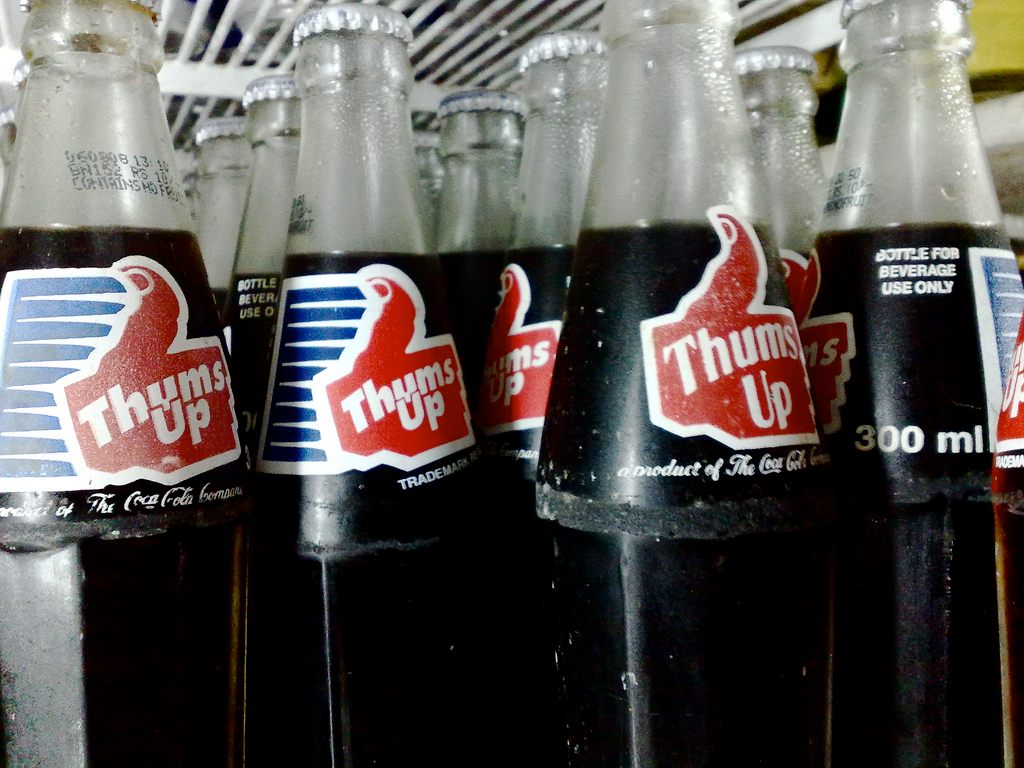
Sweet, fizzy Coca-Cola, notes writer Tom Standage, is practically “capitalism in a bottle.” In societies where capitalism loses favor, the symbolic American drink is often replaced with a palatable local alternative. Yet when the Berlin Wall fell, East Germans ditched their Vita-Cola for Coca-Cola. Poland’s Polo-Cockta and the Czech Kofola both faded away, only to be later revived out of nostalgia. But in India, two underdog sodas that flourished during the country’s stint of economic isolation have remained solidly shelved next to Coca-Cola and Pepsi. Even after India’s pivot from socialism to a largely free market, Thums Up and Limca have thrived.
But they weren’t always at the top of the fizzy hierarchy. After India gained independence from Britain in 1947, Prime Minister Jawaharlal Nehru ushered in a political dynasty that would oversee moderate socialist economic reforms. Pure Drinks Group introduced Coca-Cola to the newly-formed republic two years later. Pepsi followed, only to exit in 1962 due to lagging sales. Coca-Cola—and other multinational corporations—kept growing despite the Nehruvian government’s extensive regulations. Politicians were dismayed by Coca-Cola’s omnipresence from India’s bustling metropolitan centers to its rural villages.
The end of Coke’s reign was sparked by political upheaval. By 1977, India was fresh off two years of the “Emergency.” Spurred by a wobbly economy and unrest, Prime Minister Indira Gandhi’s government suspended civil liberties, jailed rivals, and broke up protests. In early 1977, Gandhi was unseated in favor of the Janata Party, an alliance of different political groups. One member, the future industry minister George Fernandes, wanted to eject Coca-Cola from the country. He went into his reasoning later. “When I chucked out Coca-Cola in 1977, I made the point that 90 percent of India’s villages did not have safe drinking water, whereas Coke had reached every village,” the late Fernandes said in a 1992 New York Times article, adding “Do we really need Coke? Do we need Pepsi?”

During Gandhi’s tenure as prime minister, Parliament passed a set of regulations that would trigger the chucking. The Foreign Exchange Regulation Act of 1973 required many multinationals to hand over 60% of the equity in their local subsidiaries to Indian partners. Coca-Cola would have had to release its top-secret syrup recipe and IBM its computer codes in order to comply. Faced with an ultimatum from Fernandes, Coca-Cola—along with Mobil, Kodak, and 54 other companies—left.
India was left with a huge void in the carbonated beverage aisle. Out of the mess sprang a cohort of local sodas to fill the Coke-shaped hole. The Mumbai-based Parle Group introduced Thums Up and RimZim, two Coca-Cola replacements, while their lemonade-like Limca and newly created Citra filled in for Sprite. Pure Drinks used its expansive distribution network to disseminate a new product, Campa Cola, which it deemed “The Great Indian Taste.” Double Seven, named after that volatile year of 1977, was the government-sanctioned substitute for Coke.
The local brands met varied success. According to Samit Sinha, brand expert and managing partner at Alchemist Consulting, the already dominant lemon-lime flavor category blew up following Coke’s departure, which was good news for Limca. Limca’s success even contributed to that of Thums Up, since the Parle Group insisted that stores stock the cola if they wanted its citrus sibling. “Thums Up was the most distinct, being fizzier, spicier, and less sweet than the others,” says Sinha. Unlucky Double Seven fell out of favor two years later, along with the Janata Party government that devised it.
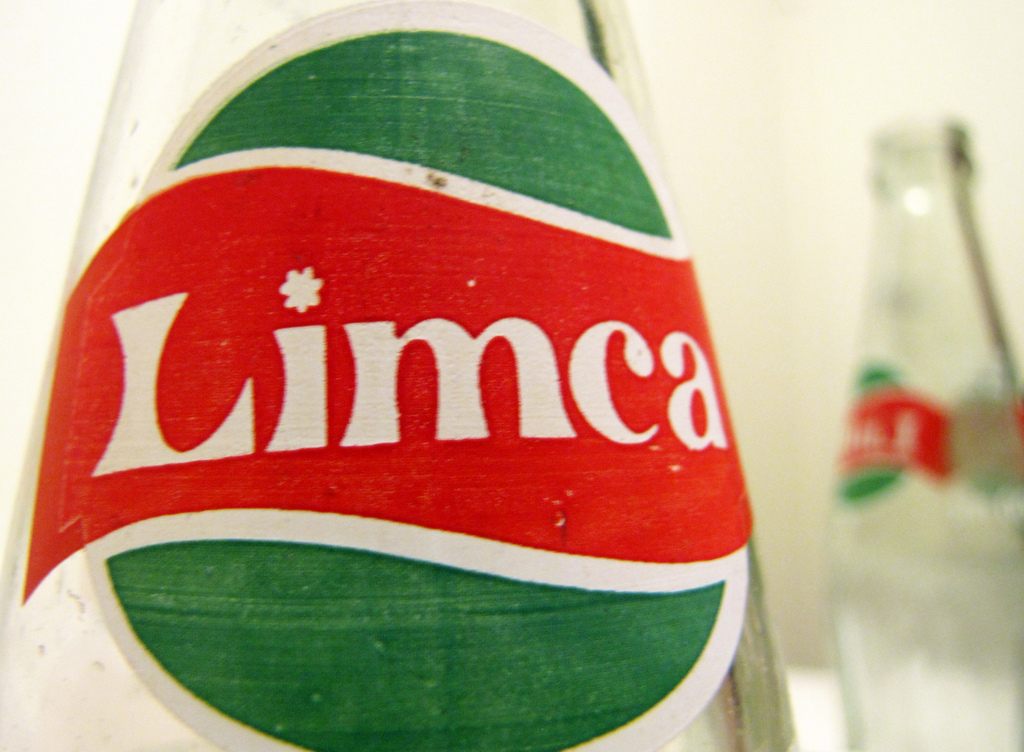
But the days of only “Great Indian Taste” started to taper off. In the late 1980s, India began chipping away at its armor of economic isolation. After years of political rigmarole, Pepsi was let back in—with a few conditions. One was that it “Indianize” its name. The newly branded Lehar Pepsi (Lehar means “wave” in Hindi) hit the market in 1990. The Soviet Union—socialist India’s primary sponsor—collapsed a year later. Lacking support and seriously in debt, India was forced to fully embrace the free market. According to historian of South Asia and professor Benjamin Siegel, it’s not an exaggeration to say that liberalization transformed the country practically overnight. “It was a moment when you went from one state-run television channel to lots of television channels,” he explains. “You went from having very few consumer goods, including these sodas, to lots of things coming in.”
Amidst the commercial deluge, Pepsi and hometown champion Thums Up duked it out in a legendary brand war. Pepsi bashed Thums Up as tasting like medicine in its advertisements. Meanwhile, Thums Up’s new slogan “Taste the Thunder” cemented its identity as the edgier, more masculine soda choice. Thums Up’s thrill-seeking branding (complete with commercials featuring cool bungee-jumping actors) resonated with the main soda-drinking demographic: teenage boys. But it also appealed to consumers at large in a re-energized, post-liberalization India fizzing with possibility. It didn’t hurt that Thums Up and Old Monk rum,* another beloved local brand, incidentally became the “Indian version of Jack Daniels and Coke,” Sinha adds.
Thums Up’s timely, evocative marketing not only allowed it to beat Pepsi, Sinha says, but also its local cola competition. “Thums Up’s local origins certainly did stir up some national pride against the foreign Pepsi,” Sinha says. “The opening up to the world helped Indians become more aware of their own culture, and thus arose an emotional urge to support deserving Indian brands.”
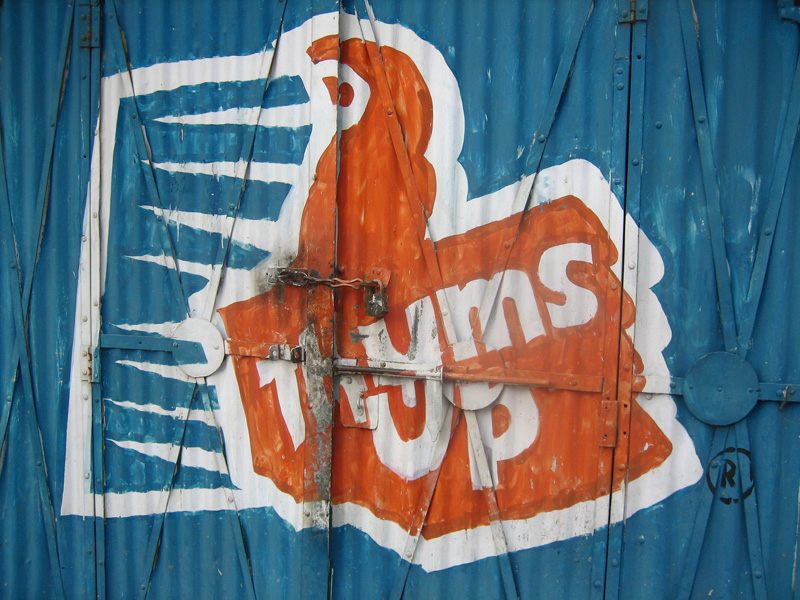
Still, it seemed as though the daredevil soda might meet its end when Coca-Cola re-entered India in 1993 and bought Thums Up from Parle. The foreign giant quickly killed Citra, Gold Spot, and RimZim to make room for its own Sprite, Fanta and Coke. But the local sodas wouldn’t die. Even with an influx of new options, Indians kept drinking Thums Up and Limca. Their sustained popularity can be put down to specific regional tastes—the former’s pungent tingle is meant to pair well with spicy food, and the latter’s taste and distinctive cloudy look appeals to the national love for nimbu paani, or lemonade. Coca-Cola, caught between competition with Pepsi on one side and Indian consumers on the other, decided to spare both local brands.
Despite a strong conviction by many that Coca-Cola neglects its desi, or domestic, brands, today Thums Up rules the cola scene in India, only topped in the carbonated beverage arena by Sprite. Unlike most of the world, Pepsi comes in at third and Coke trails at fourth. They are followed closely by Limca, which is most popular with older demographics. Perhaps that last statistic best explains how these homegrown sodas have survived over 40 years of political and economic turbulence. It may not be so much the flavor of Thums Up or Limca that keeps them in demand, but what they evoke: comforting familiarity in the midst of an ever-changing nation.
*Correction: A previous version of this article stated that Old Monk is a whiskey. It is a rum.
Gastro Obscura covers the world’s most wondrous food and drink.
Sign up for our email, delivered twice a week.



















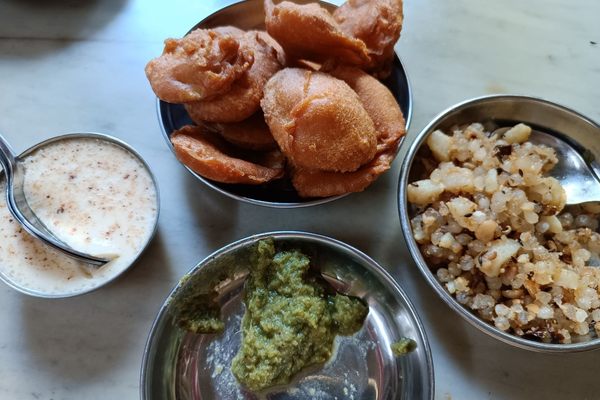


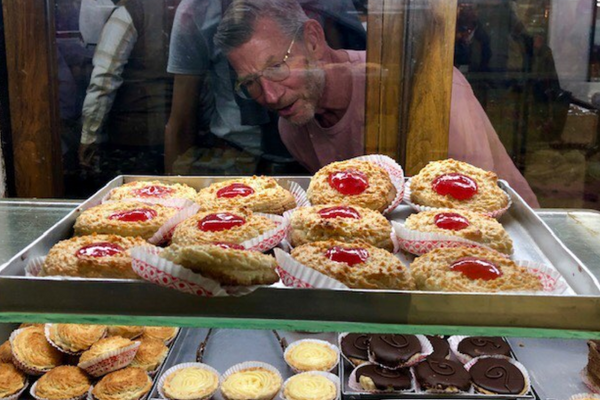





Follow us on Twitter to get the latest on the world's hidden wonders.
Like us on Facebook to get the latest on the world's hidden wonders.
Follow us on Twitter Like us on Facebook